-
 Bitcoin
Bitcoin $106,754.6083
1.33% -
 Ethereum
Ethereum $2,625.8249
3.80% -
 Tether USDt
Tether USDt $1.0001
-0.03% -
 XRP
XRP $2.1891
1.67% -
 BNB
BNB $654.5220
0.66% -
 Solana
Solana $156.9428
7.28% -
 USDC
USDC $0.9998
0.00% -
 Dogecoin
Dogecoin $0.1780
1.14% -
 TRON
TRON $0.2706
-0.16% -
 Cardano
Cardano $0.6470
2.77% -
 Hyperliquid
Hyperliquid $44.6467
10.24% -
 Sui
Sui $3.1128
3.86% -
 Bitcoin Cash
Bitcoin Cash $455.7646
3.00% -
 Chainlink
Chainlink $13.6858
4.08% -
 UNUS SED LEO
UNUS SED LEO $9.2682
0.21% -
 Avalanche
Avalanche $19.7433
3.79% -
 Stellar
Stellar $0.2616
1.64% -
 Toncoin
Toncoin $3.0222
2.19% -
 Shiba Inu
Shiba Inu $0.0...01220
1.49% -
 Hedera
Hedera $0.1580
2.75% -
 Litecoin
Litecoin $87.4964
2.29% -
 Polkadot
Polkadot $3.8958
3.05% -
 Ethena USDe
Ethena USDe $1.0000
-0.04% -
 Monero
Monero $317.2263
0.26% -
 Bitget Token
Bitget Token $4.5985
1.68% -
 Dai
Dai $0.9999
0.00% -
 Pepe
Pepe $0.0...01140
2.44% -
 Uniswap
Uniswap $7.6065
5.29% -
 Pi
Pi $0.6042
-2.00% -
 Aave
Aave $289.6343
6.02%
A failed case of double bottom pattern: Why does it fall after breaking through the neckline?
A failed double bottom in crypto trading occurs when price breaks the neckline but reverses lower, often due to weak volume, false breakouts, or negative market sentiment.
Jun 16, 2025 at 05:28 am
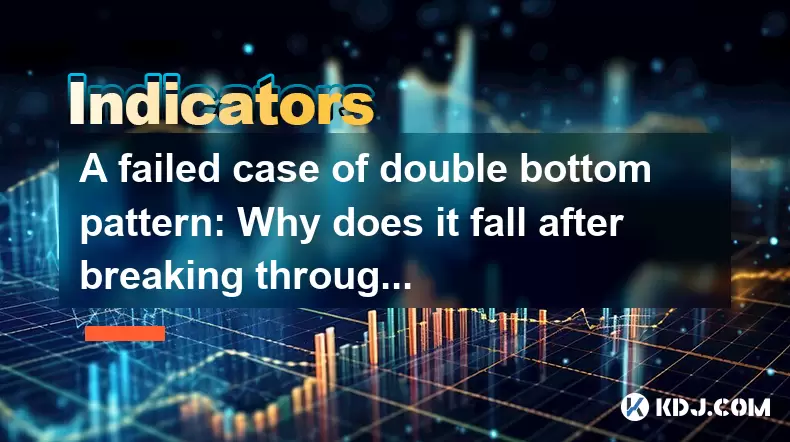
Understanding the Double Bottom Pattern in Cryptocurrency Trading
The double bottom pattern is a popular technical analysis formation used by traders to identify potential reversals from a downtrend to an uptrend. In the context of cryptocurrency trading, this pattern typically forms after a prolonged decline and consists of two distinct lows at approximately the same price level, separated by a peak. The area connecting these two lows is known as the neckline, which acts as a key resistance level.
When the price breaks above the neckline with strong volume, it's generally considered a bullish signal, prompting many traders to enter long positions. However, not every breakout leads to a successful upward movement. Some patterns fail, leading to confusion and losses among traders who expected a continuation of the bullish trend.
What Constitutes a Failed Double Bottom Pattern?
A failed double bottom pattern occurs when the price initially breaks above the neckline but then reverses and continues lower instead of rallying. This reversal can be particularly frustrating for traders who entered long positions based on the breakout signal.
Several factors contribute to the failure of a double bottom pattern:
- Weak volume during the breakout: If the breakout lacks significant volume, it may indicate a lack of conviction among buyers.
- False breakouts: Sometimes, the price may briefly cross the neckline before reversing, creating a false sense of optimism.
- Market sentiment and external news: Sudden negative developments in the crypto space or broader financial markets can override technical signals.
- Lack of follow-through: After breaking the neckline, if the price doesn't continue moving higher and instead consolidates or pulls back, the pattern may lose its validity.
Why Does Price Fall After Breaking the Neckline?
One of the most puzzling aspects of a failed double bottom is that the price often drops below the previous lows after breaking out. This phenomenon can be explained through several dynamics:
- Traders taking profits: As soon as the breakout happens, early buyers may take profits, creating selling pressure.
- Short sellers entering the market: When the initial rally fails, short sellers might jump in, pushing the price down further.
- Psychological impact: Traders who bought the breakout may panic and sell when the price starts falling, exacerbating the downward move.
- Price retesting support-turned-resistance: Often, the neckline becomes a new resistance level once broken. A failed breakout may lead to a retest of that level from above, resulting in further declines.
This behavior underscores the importance of waiting for confirmation before acting on a breakout and managing risk effectively.
How to Identify a Potential Failure in the Double Bottom Pattern?
Recognizing the signs of a potential failure can help traders avoid costly mistakes. Here are some key indicators to watch for:
- Volume inconsistency: If the second low does not show increased volume compared to the first, it may suggest weakening bearish momentum — or worse, lack of buying interest.
- Neckline slope: A sloping neckline (either upward or downward) can affect the reliability of the pattern. A horizontal neckline is generally more reliable.
- Breakout candlestick characteristics: A breakout candle that is small, has a long wick, or closes near its low may indicate weakness.
- Failed retest: After breaking the neckline, if the price returns to test it and fails to hold above, it could signal a reversal rather than continuation.
Using additional tools like moving averages, RSI divergence, or Fibonacci retracement levels can also help confirm or reject the validity of the pattern.
Strategies to Handle a Failed Double Bottom Scenario
For traders already involved in a trade when the pattern fails, having a clear strategy is essential:
- Immediate stop-loss execution: Placing a stop-loss order just below the neckline can limit losses if the breakout turns into a trap.
- Wait for a re-entry signal: Instead of chasing the breakout, some traders wait for a pullback or a new setup before entering a trade.
- Reverse position entry: Experienced traders may consider shorting the asset if the breakdown shows strong bearish momentum.
- Use of confluence zones: Combining the double bottom with other technical indicators or chart patterns increases the probability of success and helps in filtering false signals.
These strategies emphasize the need for discipline and emotional control, especially in volatile crypto markets where price action can be erratic.
Real-World Example: Double Bottom Failure in BTC/USD
In early 2022, Bitcoin formed what appeared to be a classic double bottom pattern around the $30,000 psychological level. The first low was made in June, followed by a rally to $36,000. Then the price fell again to test the prior low in July, forming the second bottom. The neckline was drawn around $36,000.
When BTC broke above $36,000 in August, many analysts called for a resumption of the uptrend. However, instead of continuing higher, the price stalled and eventually collapsed below $20,000 by September. This failure was largely attributed to ongoing macroeconomic pressures, including rising interest rates and regulatory concerns in the crypto space.
Traders who relied solely on the double bottom without considering broader market conditions suffered significant losses.
Frequently Asked Questions
Q: Can a failed double bottom turn into a triple bottom?
A: Yes, sometimes after a failed double bottom, the price may revisit the same support level again, forming a triple bottom. This extended pattern may offer a second chance for bulls if the third attempt holds and results in a strong breakout.
Q: How far can price drop after a failed double bottom?
A: There's no fixed measurement, but often, the price may fall back to the previous swing lows or even establish new lows. Technical traders may use the height of the pattern to estimate a potential target, projecting it downward from the breakout point.
Q: Is the double bottom more reliable in certain cryptocurrencies?
A: The effectiveness of the double bottom pattern depends more on liquidity and volatility than the specific cryptocurrency. It tends to work better in major coins like Bitcoin and Ethereum due to higher trading volumes and clearer price action.
Q: Should I ignore the double bottom pattern altogether due to the risk of failure?
A: No, the double bottom remains a valuable tool when used with proper risk management and confirmation techniques. The key is not to rely on it in isolation but to combine it with volume analysis, trend lines, and other indicators to increase accuracy.
Disclaimer:info@kdj.com
The information provided is not trading advice. kdj.com does not assume any responsibility for any investments made based on the information provided in this article. Cryptocurrencies are highly volatile and it is highly recommended that you invest with caution after thorough research!
If you believe that the content used on this website infringes your copyright, please contact us immediately (info@kdj.com) and we will delete it promptly.
- 2025-W Uncirculated American Gold Eagle and Dr. Vera Rubin Quarter Mark New Products
- 2025-06-13 06:25:13
- Ruvi AI (RVU) Leverages Blockchain and Artificial Intelligence to Disrupt Marketing, Entertainment, and Finance
- 2025-06-13 07:05:12
- H100 Group AB Raises 101 Million SEK (Approximately $10.6 Million) to Bolster Bitcoin Reserves
- 2025-06-13 06:25:13
- Galaxy Digital CEO Mike Novogratz Says Bitcoin Will Replace Gold and Go to $1,000,000
- 2025-06-13 06:45:13
- Trust Wallet Token (TWT) Price Drops 5.7% as RWA Integration Plans Ignite Excitement
- 2025-06-13 06:45:13
- Ethereum (ETH) Is in the Second Phase of a Three-Stage Market Cycle
- 2025-06-13 07:25:13
Related knowledge

How to confirm the effectiveness of the average price line support in the time-sharing chart?
Jun 17,2025 at 12:56am
Understanding the Time-Sharing Chart and Its RelevanceIn cryptocurrency trading, time-sharing charts play a crucial role in analyzing short-term price movements. These charts typically display price fluctuations over a specific period, often ranging from minutes to hours. Traders rely on them to make quick decisions based on real-time data. The average ...

What does it mean when the momentum indicator breaks above the zero axis?
Jun 17,2025 at 12:43am
Understanding the Momentum IndicatorThe momentum indicator is a technical analysis tool used to measure the speed or velocity of price movements in cryptocurrency markets. It helps traders identify potential trend reversals, overbought or oversold conditions, and confirms existing trends. The indicator typically oscillates around a zero line, with value...
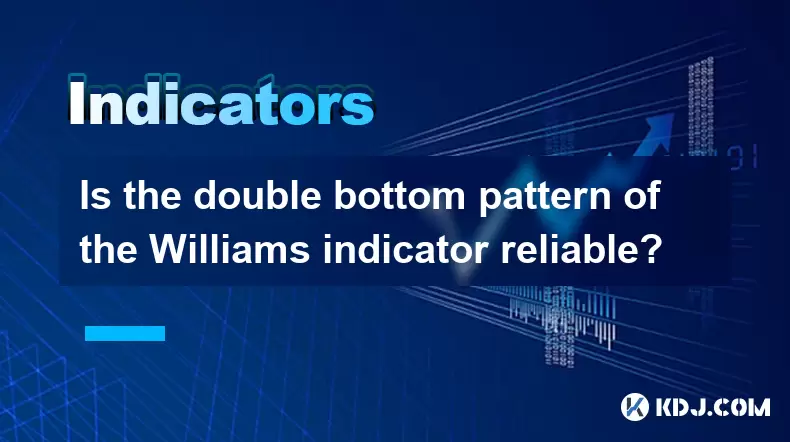
Is the double bottom pattern of the Williams indicator reliable?
Jun 17,2025 at 03:56am
Understanding the Williams Indicator and Its SignificanceThe Williams %R indicator, often referred to as Williams Percent Range, is a momentum oscillator used in technical analysis to identify overbought or oversold conditions in the market. Developed by Larry Williams, this indicator fluctuates between 0 and -100, with readings above -20 indicating ove...
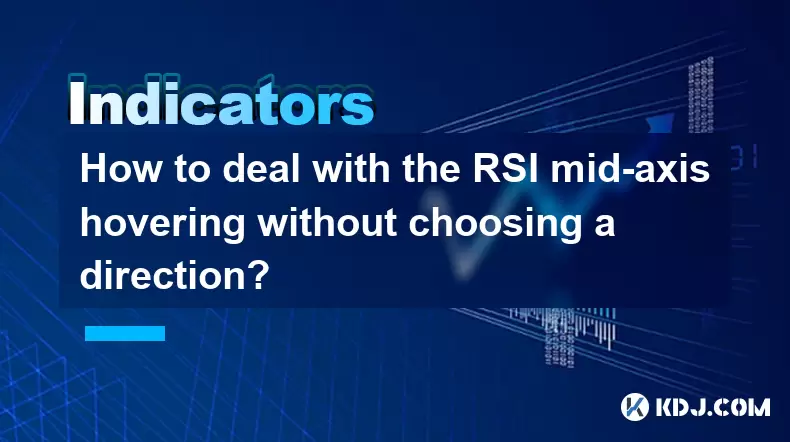
How to deal with the RSI mid-axis hovering without choosing a direction?
Jun 17,2025 at 02:02am
Understanding RSI Mid-Axis Hovering in Cryptocurrency TradingThe Relative Strength Index (RSI) is a popular momentum oscillator used by traders to assess whether an asset is overbought or oversold. In cryptocurrency markets, it's common for the RSI to hover around its mid-axis, typically at the 50 level, without showing a clear upward or downward trend....
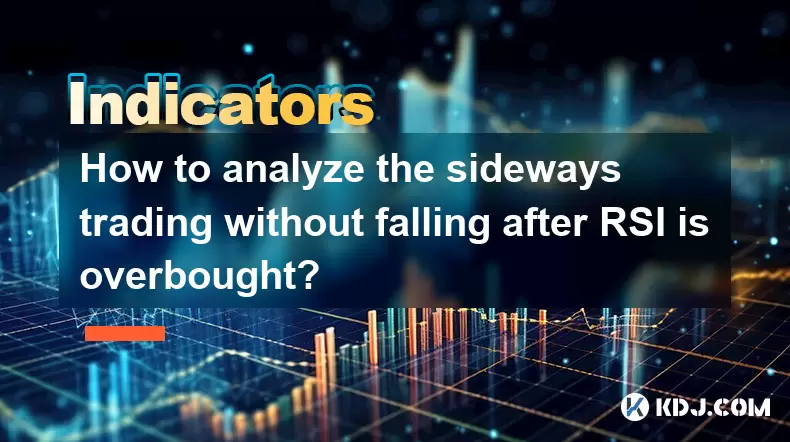
How to analyze the sideways trading without falling after RSI is overbought?
Jun 17,2025 at 04:14am
Understanding RSI and Its Role in Cryptocurrency TradingThe Relative Strength Index (RSI) is a momentum oscillator used to measure the speed and change of price movements. In the context of cryptocurrency trading, it helps traders identify potential overbought or oversold conditions. When the RSI exceeds 70, it typically signals that an asset may be ove...
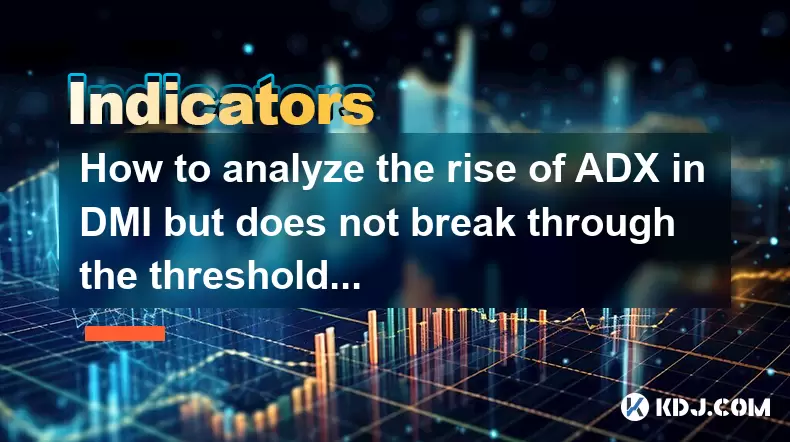
How to analyze the rise of ADX in DMI but does not break through the threshold?
Jun 16,2025 at 11:49pm
Understanding ADX and DMI in Cryptocurrency TradingIn cryptocurrency trading, ADX (Average Directional Index) is a technical indicator used to measure the strength of a trend. It works in conjunction with the DMI (Directional Movement Indicator), which includes two components: +DI (Positive Directional Indicator) and -DI (Negative Directional Indicator)...

How to confirm the effectiveness of the average price line support in the time-sharing chart?
Jun 17,2025 at 12:56am
Understanding the Time-Sharing Chart and Its RelevanceIn cryptocurrency trading, time-sharing charts play a crucial role in analyzing short-term price movements. These charts typically display price fluctuations over a specific period, often ranging from minutes to hours. Traders rely on them to make quick decisions based on real-time data. The average ...

What does it mean when the momentum indicator breaks above the zero axis?
Jun 17,2025 at 12:43am
Understanding the Momentum IndicatorThe momentum indicator is a technical analysis tool used to measure the speed or velocity of price movements in cryptocurrency markets. It helps traders identify potential trend reversals, overbought or oversold conditions, and confirms existing trends. The indicator typically oscillates around a zero line, with value...

Is the double bottom pattern of the Williams indicator reliable?
Jun 17,2025 at 03:56am
Understanding the Williams Indicator and Its SignificanceThe Williams %R indicator, often referred to as Williams Percent Range, is a momentum oscillator used in technical analysis to identify overbought or oversold conditions in the market. Developed by Larry Williams, this indicator fluctuates between 0 and -100, with readings above -20 indicating ove...

How to deal with the RSI mid-axis hovering without choosing a direction?
Jun 17,2025 at 02:02am
Understanding RSI Mid-Axis Hovering in Cryptocurrency TradingThe Relative Strength Index (RSI) is a popular momentum oscillator used by traders to assess whether an asset is overbought or oversold. In cryptocurrency markets, it's common for the RSI to hover around its mid-axis, typically at the 50 level, without showing a clear upward or downward trend....

How to analyze the sideways trading without falling after RSI is overbought?
Jun 17,2025 at 04:14am
Understanding RSI and Its Role in Cryptocurrency TradingThe Relative Strength Index (RSI) is a momentum oscillator used to measure the speed and change of price movements. In the context of cryptocurrency trading, it helps traders identify potential overbought or oversold conditions. When the RSI exceeds 70, it typically signals that an asset may be ove...

How to analyze the rise of ADX in DMI but does not break through the threshold?
Jun 16,2025 at 11:49pm
Understanding ADX and DMI in Cryptocurrency TradingIn cryptocurrency trading, ADX (Average Directional Index) is a technical indicator used to measure the strength of a trend. It works in conjunction with the DMI (Directional Movement Indicator), which includes two components: +DI (Positive Directional Indicator) and -DI (Negative Directional Indicator)...
See all articles

























































































